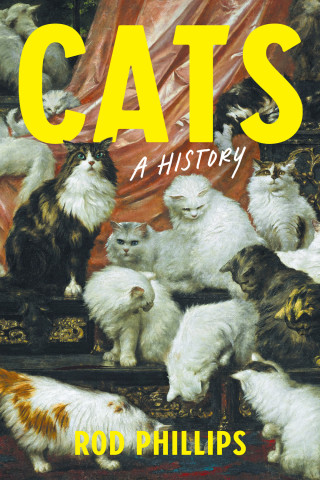
Reviews
A wonderful book... Ginzburg is a historian with an insatiable curiosity, who pursues even the faintest of clues with all the zest of a born detective until every fragment of evidence can be fitted into place. The work of reconstruction is brilliant, the writing superbly readable, and by the end of the book the reader who has followed Dr. Ginzburg in his wanderings through the labyrinthine mind of the miller of the Friuli will take leave of this strange and quirky old man with genuine regret.
Ginzburg has excavated a marvelous and melancholy tale. Lay readers know that historical work of this order requires formidable skills and dogged research... Ginzburg's discovery of Menocchio is a dazzling entry into the historical world of popular culture.
Why should we reread the story of Menocchio thirty-eight years after its publication? First, this new edition is a timely update. Ginzburg has penned a new preface and bibliographical information has been augmented. Second, because it is a work of rare scholarship that no student should forget, despite the fact that the context in which this book was crafted has significantly changed.
Ginzburg's project breaks the mold of social history by building a narrative from the bottom up, using source materials as far removed from structures of power and influence as he could dredge up, trying even to get at the texture of oral culture lost to time.
Book Details
Preface to the 2013 Edition
Translators' Note
Preface to the English Edition
Preface to the Italian Edition
Acknowledgments
1. Menocchio
2. The town
3. First interrogation
4. "Possessed?"
5. From Concordia to
Preface to the 2013 Edition
Translators' Note
Preface to the English Edition
Preface to the Italian Edition
Acknowledgments
1. Menocchio
2. The town
3. First interrogation
4. "Possessed?"
5. From Concordia to Portogruaro
6. "To speak out against his superiors"
7. An archaic society
8. "They oppress the poor"
9. "Lutherans" and Anabaptists
10. A miller, a painter, a buffoon
11. "My opinions came out of my head"
12. The books
13. Readers of the town
14. Printed pages and "fantastic opinions"
15. Blind alley?
16. The temple of the virgins
17. The funeral of the Madonna
18. The father of Christ
19. Judgment day
20. Mandeville
21. Pigmies and cannibals
22. "God of nature"
23. The three rings
24. Written culture and oral culture
25. Chaos
26. Dialogue
27. Mythical cheeses and real cheeses
28. The monopoly over knowledge
29. The words of the Fioretto
30. The function of metaphors
31. "Master," "steward," and "workers"
32. An hypothesis
33. Peasant religion
34. The soul
35. "I don't know"
36. Two spirits, seven souls, four elements
37. The flight of an idea
38. Contradictions
39. Paradise
40. A new "way of life"
41. "To kill priests"
42. A "new world"
43. End of the interrogations
44. Letter to the judges
45. Rhetorical figures
46. First sentence
47. Prison
48. Return to the town
49. Denunciations
50. Nocturnal dialogue with the Jew
51. Second trial
52. "Fantasies"
53. "Vanities and dreams"
54. "Oh great, omnipotent, and holy God..."
55. "If only I had died when I was fifteen"
56. Second sentence
57. Torture
58. Scolio
59. Pellegrino Baroni
60. Two millers
61. Dominant culture and subordinate culture
62. Letters from Rome
Notes
Index of Names






